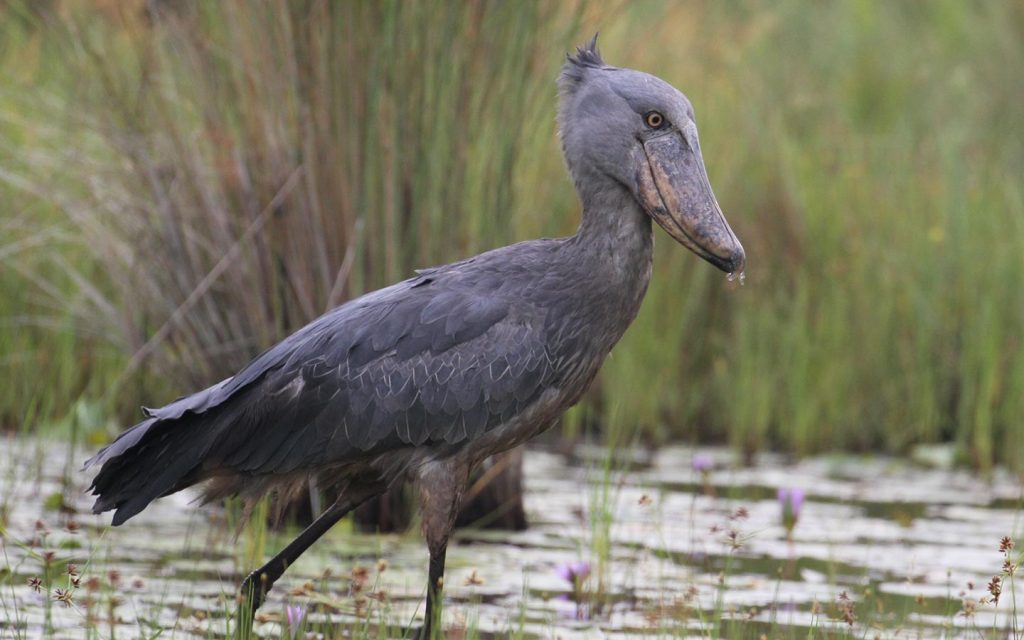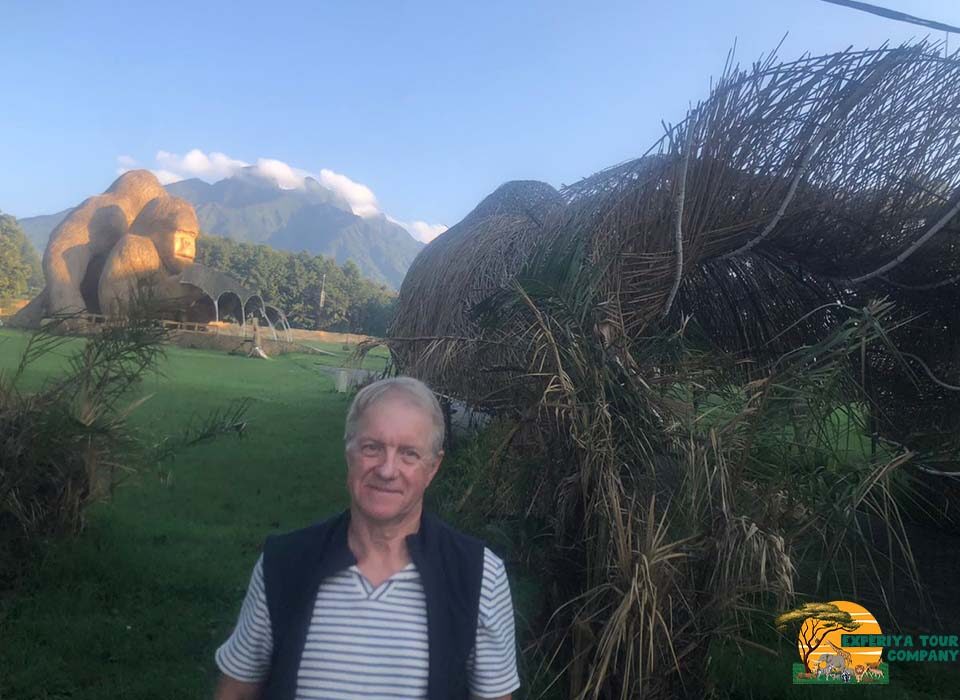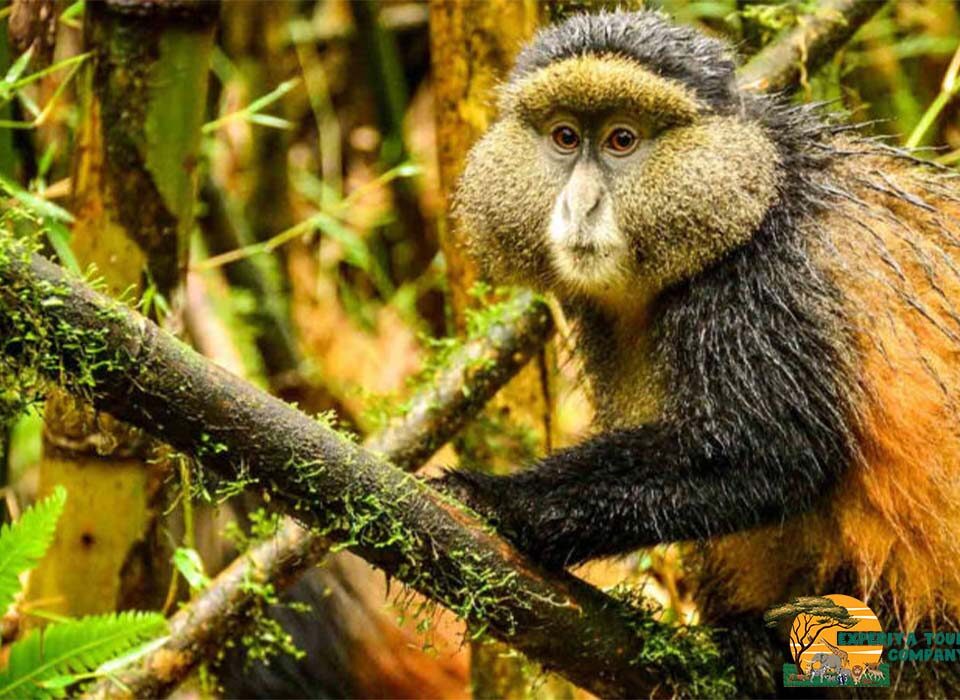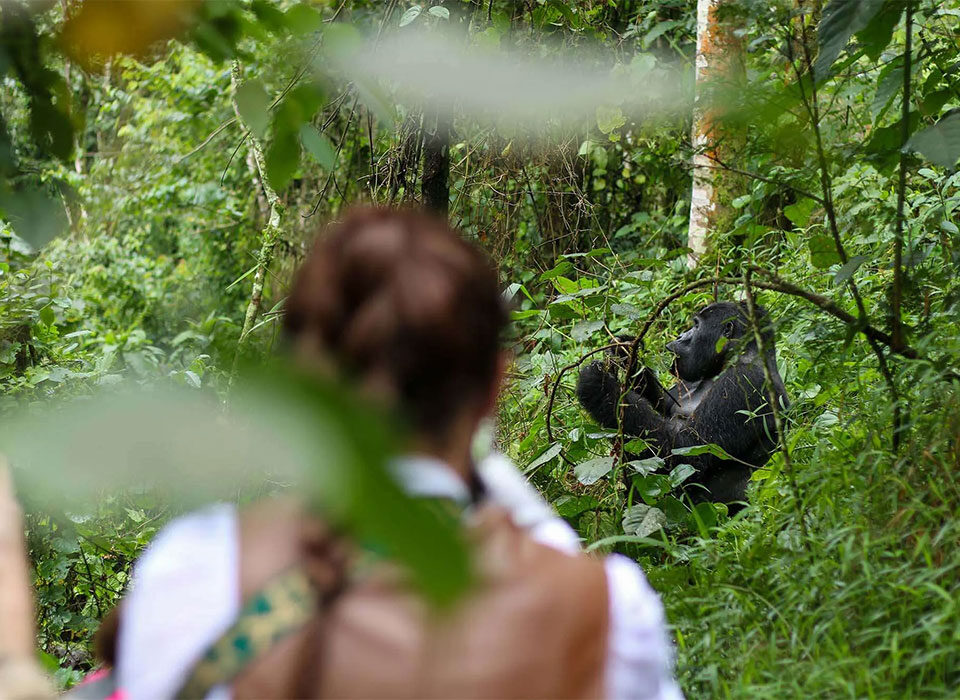
Best Birding Spots in Uganda | Uganda Birdwatching Guide
October 24, 2025
Best Park for Leopard Sightings in Uganda | Uganda Safari Guide
October 24, 2025Where to See Shoebill Storks in Uganda | Uganda Birding Guide

Where Can I See Shoebill Storks in Uganda?
Uganda, the “Pearl of Africa,” is home to an astonishing range of wildlife, from mountain gorillas to rare birds that attract nature lovers from around the world. Among its many treasures, none is as fascinating or mysterious as the shoebill stork — a bird so ancient and striking that it looks like a relic from prehistoric times. With its towering height, grey plumage, and massive shoe-shaped bill, the shoebill is one of the most sought-after species for birdwatchers visiting Africa. And there’s no better country to find it than Uganda, where lush wetlands and protected habitats make sightings highly reliable.
The shoebill, scientifically known as Balaeniceps rex, is a solitary bird that inhabits papyrus swamps and shallow wetlands across tropical Africa. It feeds mainly on lungfish, catfish, and small reptiles, often hunting with incredible patience and precision. Despite its intimidating size, the shoebill is calm, quiet, and graceful — qualities that make seeing one in the wild both thrilling and serene. Uganda provides some of the best opportunities anywhere on the continent to observe this remarkable bird up close. Here’s where you can find them.
Mabamba Bay Wetland – Uganda’s Shoebill Capital
The Mabamba Bay Wetland, located on the northern shores of Lake Victoria, is undoubtedly the best and most accessible place to see shoebills in Uganda. Just an hour’s drive from Entebbe, Mabamba has become a world-famous birding destination, attracting both local and international visitors eager for a glimpse of this extraordinary bird.
Mabamba is a vast expanse of papyrus swamp, lagoons, and narrow water channels that serve as the perfect hunting grounds for the shoebill. Birding here is done from small wooden canoes, guided by local experts who know the shoebills’ favorite spots. The experience is incredibly peaceful — gliding through quiet channels surrounded by tall reeds, with the sounds of kingfishers and weaverbirds echoing across the water.
The best time to visit is early in the morning when the shoebills are actively feeding. Your guide will navigate the channels slowly, scanning the papyrus edges until you suddenly spot a large grey figure standing still in the shallows. Watching a shoebill in its natural habitat is mesmerizing — its massive bill gleams in the sunlight, and its slow movements create a sense of awe. If you’re lucky, you might even witness it strike at a fish, an explosive moment followed by a calm return to stillness.
Mabamba Bay is also home to more than 260 other bird species, including the African pygmy goose, papyrus gonolek, malachite kingfisher, and African jacana. The area is a Ramsar Wetland of International Importance, and local communities play a key role in its conservation. For anyone with even a passing interest in birds, Mabamba Bay is an absolute must-visit.
Best time to visit: Year-round, though early mornings and dry seasons (December–February and June–August) offer the best visibility.
Getting there: It’s about a one-hour drive from Entebbe or Kampala. Alternatively, you can take a boat across Lake Victoria from Entebbe to Nakiwogo landing site and drive a short distance to Mabamba.

Murchison Falls National Park – Shoebills at the Nile Delta
Uganda’s largest park, Murchison Falls National Park, is another top destination for seeing shoebills in the wild. The park is famous for its dramatic waterfall, where the Nile River squeezes through a narrow gorge before plunging into a thunderous pool, but it’s also one of the country’s best birding locations. The Nile Delta, where the river flows into Lake Albert, provides the perfect habitat for shoebills.
Early morning boat cruises along the Albert Nile are the best way to spot these birds. The cruises usually start near Paraa or the delta area, and as you glide through the papyrus-lined channels, you’ll have an excellent chance of spotting shoebills standing motionless among the reeds. Birders describe this as one of the most spectacular shoebill experiences because it combines breathtaking scenery with incredible wildlife diversity.
Aside from shoebills, you’ll encounter Goliath herons, African fish eagles, spoonbills, pelicans, and numerous species of kingfishers. The open water and lush floodplains also attract elephants, hippos, crocodiles, and buffaloes, adding to the richness of the experience.
Best time to visit: December to February and June to September, during the dry seasons when boat rides are more comfortable and water levels are ideal.
Getting there: The park is about 5–6 hours by road from Kampala, or you can take a short charter flight to Pakuba or Bugungu airstrip.
Ziwa Rhino Sanctuary – Shoebills and Rhinos in One Place
The Ziwa Rhino Sanctuary, located along the Kampala–Gulu highway en route to Murchison Falls, offers another excellent opportunity to see shoebill storks while tracking rhinos. The sanctuary’s Lugogo Swamp is home to several resident shoebills, and guided canoe excursions provide the perfect way to observe them.
Ziwa offers a unique combination of wildlife experiences — visitors can enjoy a morning canoe trip to see the shoebills and then embark on a guided walk to see white rhinos in the afternoon. The sanctuary is peaceful and well-managed, making it a great stopover for travelers heading north. Shoebill sightings are frequent, especially early in the day when the birds are actively feeding.
Best time to visit: Early mornings, especially between December and March when water levels are favorable.
Getting there: About 176 kilometers north of Kampala (approximately 3 hours by road).
Semuliki National Park – Shoebills in the Lowland Forest
In Uganda’s western corner, near the border with the Democratic Republic of Congo, lies Semuliki National Park, a remarkable area that forms part of the Congo Basin ecosystem. Although it’s best known for its unique forest birds and hot springs, Semuliki is also a lesser-known location for shoebill sightings.
Shoebills here are occasionally spotted in the Semuliki River delta near Lake Albert, where vast wetlands and swampy plains provide an ideal environment. Because the park receives fewer visitors, sightings here feel particularly special. Semuliki is home to more than 440 bird species, including many central African forest species such as the white-crested hornbill, Congo serpent eagle, and yellow-throated cuckoo. For experienced birders, this is an adventurous and rewarding destination.
Best time to visit: February to April and September to November when water levels are manageable, and bird activity is high.
Getting there: Approximately 6–7 hours’ drive from Kampala via Fort Portal.
Lugogo Wetlands – An Underrated Gem
For travelers who prefer a quieter birding spot, the Lugogo Wetlands in Nakasongola District offer a serene alternative to the busier Mabamba Bay. The wetlands are part of the larger Lake Kyoga ecosystem, characterized by papyrus swamps and shallow waterways that attract shoebills and other water birds.
Guided canoe rides led by local birders provide opportunities to see shoebills up close, along with species such as the saddle-billed stork, African jacana, and African openbill. This location is still relatively unknown, making it ideal for those who want a more private and unhurried birding experience.
Best time to visit: Early morning during the dry months (December–February, June–August).
Getting there: Around 3 hours by road from Kampala, near Nakasongola town.
Tips for Seeing Shoebills in Uganda
- Go early: Shoebills are most active during the early morning when they are feeding.
- Be patient: These birds can remain still for long periods. Quietly waiting often leads to the best sightings.
- Use a local guide: Experienced guides know where the birds feed and how to approach without disturbing them.
- Bring binoculars and a camera: The shoebill’s large size and slow movements make it perfect for photography.
- Combine locations: For the best chances, include both Mabamba Bay and Murchison Falls in your itinerary.
Why Uganda Is the Best Place in the World to See Shoebills
Shoebills are found in several African countries, including South Sudan, Zambia, and Tanzania, but Uganda offers the most reliable and accessible encounters. The country’s protected wetlands, community-based tourism initiatives, and dedicated birding guides make sightings consistent and enjoyable. In Uganda, shoebills can be seen year-round, often within hours of arrival, especially if you visit Mabamba Bay or the Nile Delta.
The experience of seeing this rare bird in Uganda goes beyond just a sighting — it’s a connection with one of nature’s most ancient and enigmatic species, set against some of Africa’s most beautiful landscapes.
Recommended Safari Operator: Experiya Tour Company
To make your shoebill-watching adventure seamless and rewarding, it’s best to travel with a knowledgeable and reliable safari operator. Experiya Tour Company is one of Uganda’s leading safari specialists, offering customized birding and wildlife tours that cater to all interests and timeframes.
Their expert guides understand the habits and habitats of the shoebill and will take you to the best places for close-up sightings while ensuring a comfortable and safe journey. Whether you’re planning a one-day birding trip to Mabamba Bay or a full Uganda safari combining birding, wildlife, and cultural experiences, Experiya Tour Company provides unmatched expertise and attention to detail.
With Experiya Tour Company, every moment in Uganda’s wetlands becomes part of an unforgettable story — from the stillness of dawn over papyrus swamps to the first glimpse of a shoebill’s powerful silhouette.



